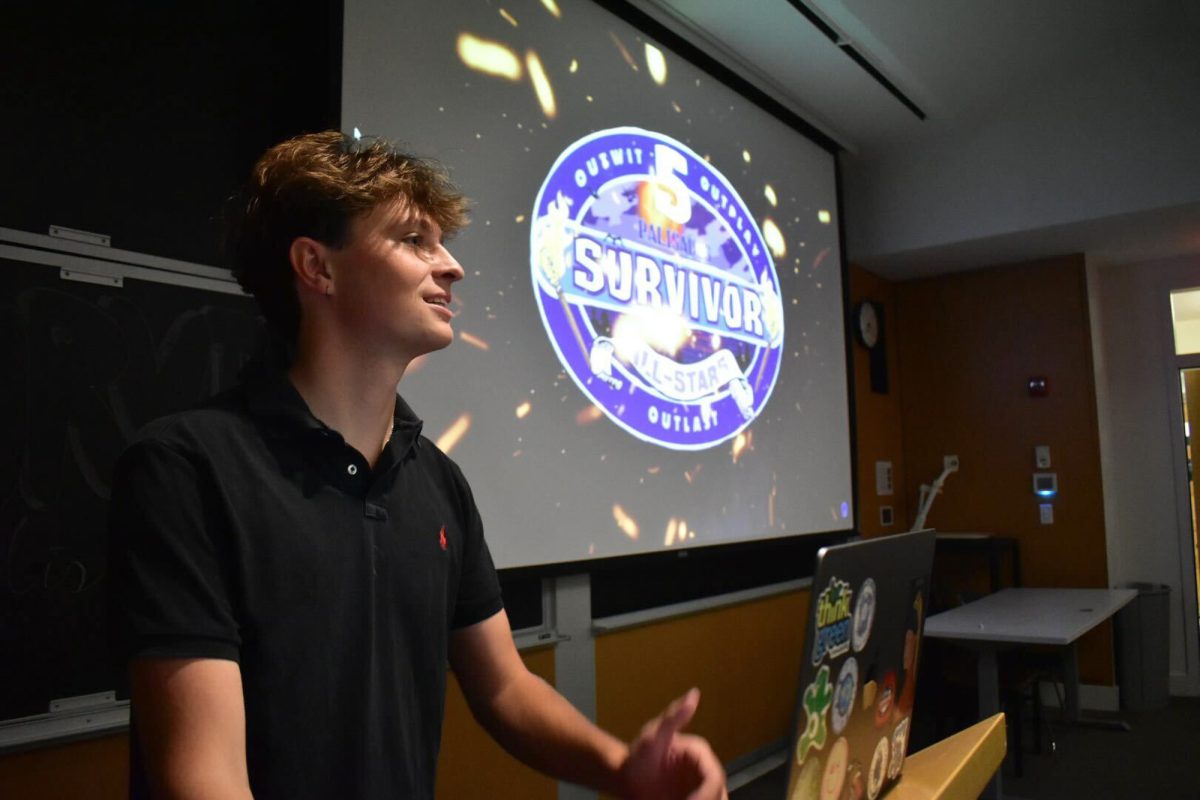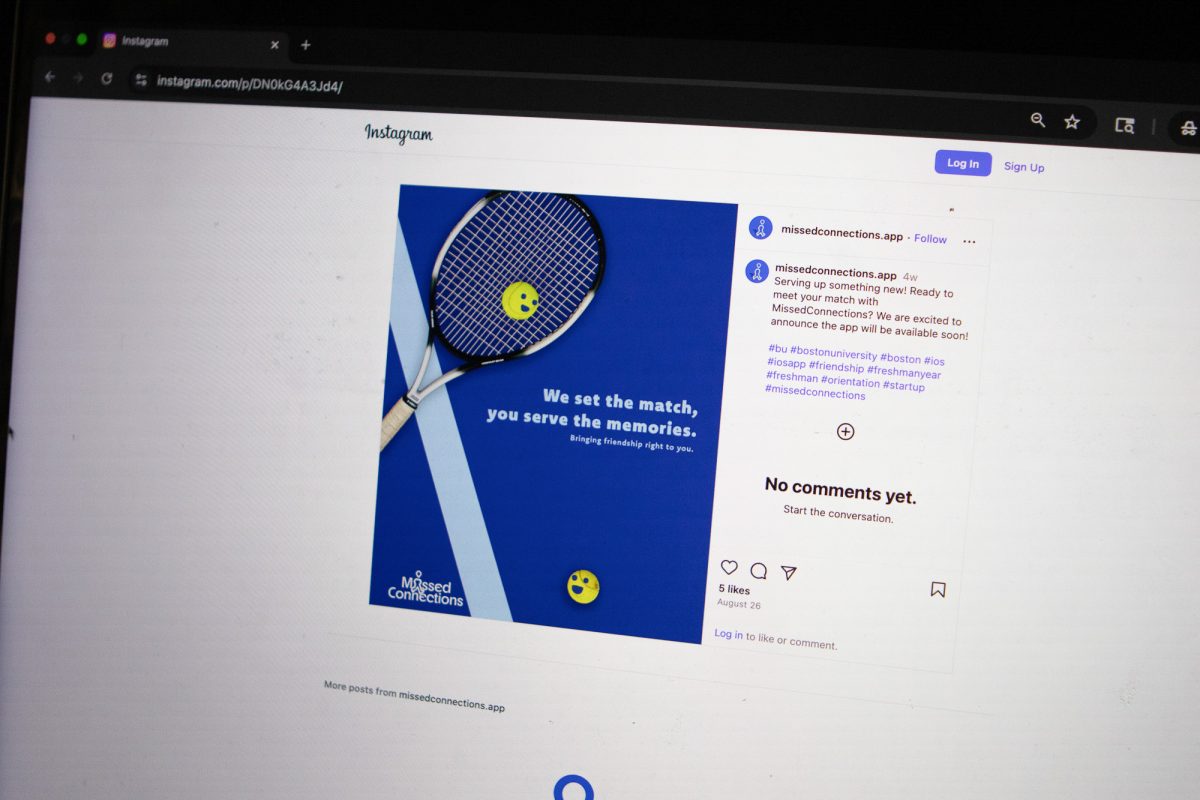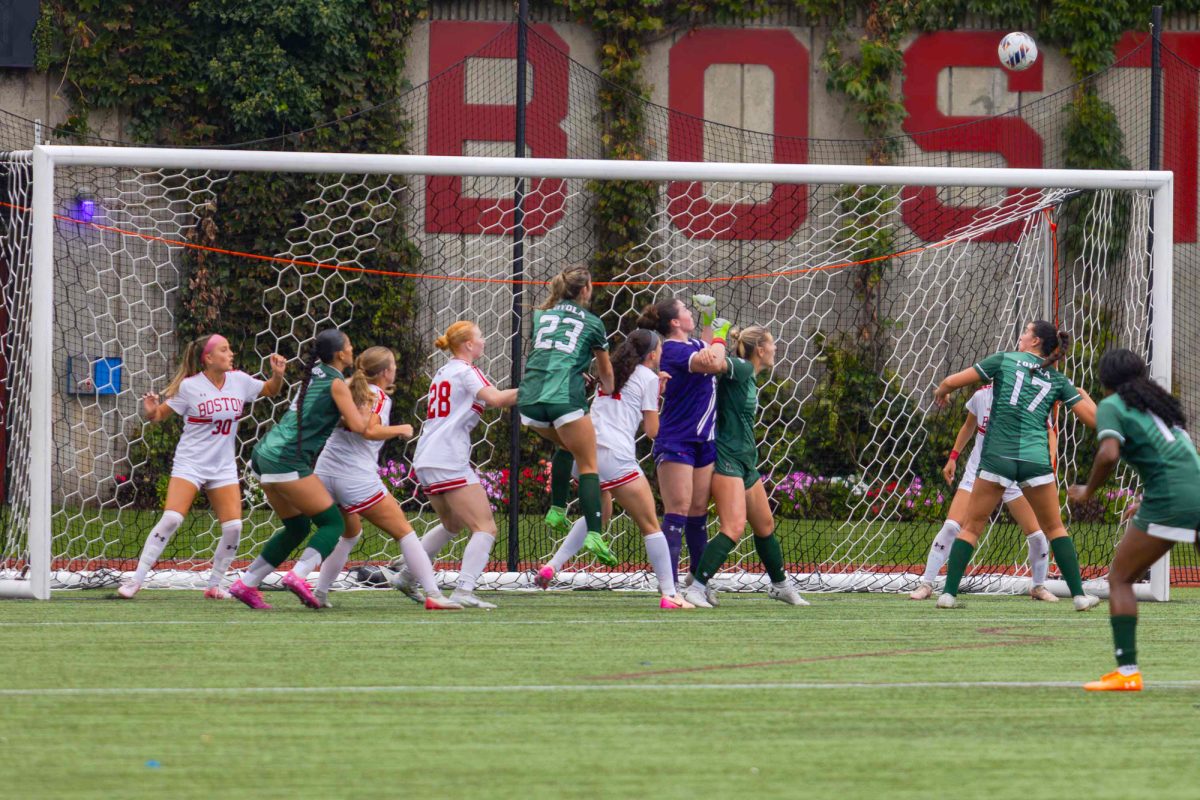
Broadcast journalism has evolved significantly from the evenings of FM radio programming and morning cable news shows. Now with news headlines delivered immediately — and most syndicated into 140-character tweets — VICE News is hoping to lead this ever-changing frontier with a different kind of news programming.
The show premiered on HBO Monday night at 7:30 p.m. It’s a nightly news show, a first for the VICE network, which is known for its print magazine and online news website. The half-hour-long show, “VICE News Tonight,” will run daily Monday through Friday. There will be no anchors and no censorship, as shown in the show’s promotion, along with limited structure that aims to provide flexible and modern content. This gives viewers a mix of field reporting and visual presentations.
Josh Tyrangiel, a VICE news executive, said the show will feel different from morning news programs.
“When you see a person behind a desk, with a blazer and graphics appearing over their shoulder, it doesn’t feel like it’s in the now,” Tyrangiel said. “We aim to provide a more authentic form of journalism that will feel immediate.”
In an age where news is immediately accessible through tools such as social media or digital newspaper subscriptions, Tyrangiel said the differences between VNT and nightly shows such as “Last Week Tonight with John Oliver” will be most evident in its transparency.
VICE captures this immediacy in its field reporting from locations around the globe. In the promotional press segments of VNT, for instance, VICE news reporter Aris Roussinos shows the audience firsthand a political dispatch about ISIS in Mosul, Iraq.
“Everybody in journalism wants to have impact,” Tyrangiel said. “So when it comes to a good news story, there’s going to be hard work.” He later said, “That’s what I think HBO and VICE is so good at, is reaching these kinds of audiences with this kind of impact.”
The show will go beyond reiterating headlines from morning newspapers, he said, and instead will introduce new topics that major news sources have not already covered.
“You don’t want to be competing with thousands of people for a small slice of the pie — you want to weigh in on what people really care about,” Tyrangiel said. “This is where we can have this impact on the world.”
After being asked if VNT will be a millennial-specific news show, Tyrangiel said it originally was not intended for any particular age group.
“Yes, we’ve ended up targeting a certain demographic, but that was never our end goal,” he said. “We just so happen to have a lot of younger people working in the office.”
VNT’s biggest risk, as criticized by The New York Times and The Daily Beast, is the fact that it is a nightly news show, which is a traditional news concept in itself.
Tyrangiel is aware of the juxtaposition, but said he does not think that it will be an issue.
“I would love it if billions of people started cooking dinner earlier so that they could sit down to watch our show,” he said. “Is it going to happen? I don’t know, it could. But I’m not banking on it.”
Anyone with the HBO GO app on their phone will be able to stream the show at any time.
“We will put out one story a day earlier than 7:30 p.m., as sort of a promotion, and then after seven days if someone is not subscribed to HBO, they can watch that day’s episode on VICE’s website,” he said.
VICE has already has proven successful in paving the way for breakthroughs in investigative journalism, such as their extensive coverage on the Islamic state and the conflict in Ukraine. Now, with Tyrangiel at the head of VNT, VICE and HBO hope to soon be the leaders of daily news media.
























































































































